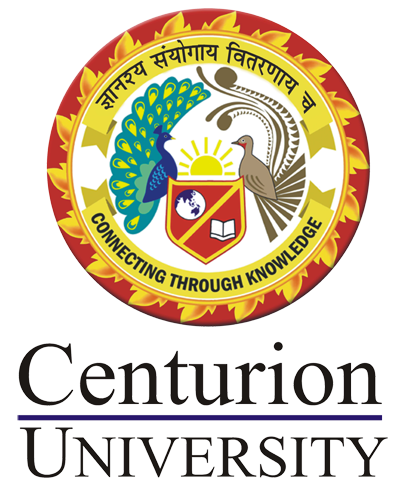Introduction:
This course covers the essential networking concepts and protocols required for the Internet of Things (IoT). Students will learn about IoT communication models, network architectures, and key protocols for device connectivity, data transmission, and network security. The course involves hands-on experiments to design, implement, and troubleshoot IoT networks, including the use of AWS Greengrass for edge computing.
Course Objective:
- Understand the fundamental networking concepts and protocols for IoT.
- Gain proficiency in designing and implementing IoT network architectures.
Learn to configure and troubleshoot IoT communication protocols and security mechanisms.
Module 1: Introduction to IoT Networking (10 hours)
· Theory: Overview of IoT and its networking requirements, IoT communication models: Device-to-Device, Device-to-Cloud, Device-to- Gateway, Back-End Data-Sharing, IoT network architectures and topologies, Networking fundamentals: OSI and TCP/IP models
Practice:
· Experiment 1.1: Setting up a basic IoT network with Raspberry Pi and sensors
· Experiment 1.2: Configuring a simple Device-to-Device communication
· Experiment 1.3: Implementing a Device-to-Cloud communication using MQTT
Module 2: IoT Communication Protocols (10 hours)
· Theory: Overview of IoT communication protocols: MQTT, CoAP, HTTP/HTTPS, WebSockets, Comparison of IoT protocols: Use cases and performance, Protocol stack for IoT: Physical layer, Data link layer, Network layer, Transport layer, Application layer
Practice:
· Experiment 2.1: Implementing MQTT communication between devices
· Experiment 2.2: Configuring CoAP for constrained devices
· Experiment 2.3: Setting up HTTP/HTTPS communication for IoT devices
· Experiment 2.4: Using WebSockets for real-time data transmission
Module 3: Wireless Technologies for IoT (10 hours)
· Theory: Overview of wireless technologies: Wi-Fi, Bluetooth, Zigbee, LoRaWAN, NB-IoT, Comparative analysis of wireless technologies for IoT, Configuring and managing wireless networks for IoT
Practice:
· Experiment 3.1: Configuring Wi-Fi connectivity for IoT devices,
· Experiment 3.2: Implementing Bluetooth communication for IoT,
· Experiment 3.3: Setting up a Zigbee network for IoT sensors
Module 4: IoT Network Security (10 hours)
· Theory: Security challenges in IoT networks, Key security protocols and mechanisms: SSL/TLS, DTLS, IPSec, Implementing access control and authentication in IoT
Practice:
· Experiment 4.1: Configuring SSL/TLS for secure IoT communication,
· Experiment 4.2: Implementing DTLS for constrained devices,
· Experiment 4.3: Setting up IPSec for IoT network security,
· Experiment 4.4: Implementing device authentication using OAuth
Module 5: IoT Data Management and Analytics (10 hours)
· Theory: , Data management in IoT: Data collection, storage, and processing, IoT data analytics and visualization, Integration with cloud platforms for data analytics
Practice:
· Experiment 5.1: Collecting and storing IoT data in a cloud database,
· Experiment 5.2: Implementing real-time data analytics using Apache Kafka,
· Experiment 5.3: Visualizing IoT data using Grafana
Module 6: Performance and Scalability in IoT Networks (10 hours)
· Theory: Performance metrics for IoT networks: Latency, throughput, packet loss, energy consumption, Scalability challenges and solutions in IoT networks, Load balancing and quality of service (QoS) in IoT
Practice:
· Experiment 6.1: Measuring performance metrics in an IoT network,
· Experiment 6.2: Implementing load balancing for IoT devices,
· Experiment 6.3: Configuring QoS for IoT applications
Module 7: Advanced Topics in IoT Networking and Edge Computing (10 hours)
· Theory: Edge computing and its role in IoT, IoT interoperability and standards, Future trends in IoT networking
Practice:
· Experiment 7.1: Setting up AWS Greengrass for edge computing,
· Experiment 7.2: Deploying and managing edge computing applications with AWS Greengrass,
· Experiment 7.3: Integrating edge devices with the cloud using AWS Greengrass

